On a beautiful spring Thursday in San Francisco, I sat down with Baptiste Loiseau for a private tasting of Louis XIII Cognac. To say this was a privilege would be an understatement.
I was about to taste one of the finest spirits ever made, with the youngest ever cellar master in the cognac business. I wasn’t sure what to expect—I’ve certainly tasted plenty of cognac before, but I’d never plunked down the couple hundred dollars required for a taste of Louis XIII. So I was excited to try the spirit, and to meet the man.
For those of you here simply to find out what Louis XIII tastes like, or to learn how much Louis XIII costs, feel free to jump ahead. But for those of you wishing to learn more about the story of Louis XIII Cognac, and of Baptiste Loiseau, then read on.
Who Is Baptiste Loiseau?
Baptiste Loiseau is the Cellar Master for Rémy Martin—the youngest ever to hold this position, taking the reins at the tender age of 34 from his predecessor and longtime mentor Pierrette Trichete, the first woman to hold this position at a major cognac house.
Born and raised in Cognac, Baptiste has been around vineyards and winegrowers his whole life. As a child, he developed a love and attachment for nature and for the land, and spent many of his early years harvesting and tasting grapes.
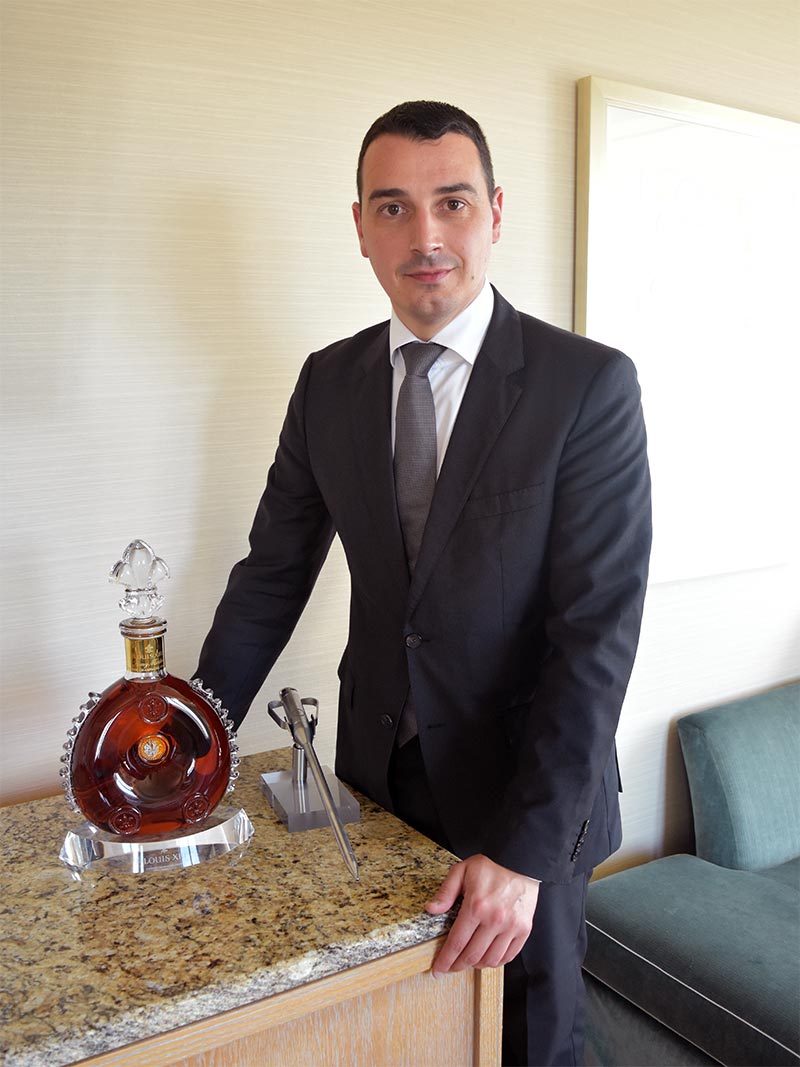
Photo credit: Jay Hung
He studied winemaking at L’Institut National Agronomique Paris Grignon (The National Institute of Agriculture at Paris-Grignon) and at the École Nationale Supérieure Agronomique de Montpellier (The National Superior School of Agronomy of Montpellier), and worked abroad at various wineries before finding his way back to Cognac as an agricultural engineer.
He joined Rémy Martin’s tasting committee in 2007 under Pierrette Trichet—whom he studied under for seven years, with three of those years as Deputy Cellar Master—tasting, selecting, and blending eaux-de-vie. Baptiste officially took over as the new Cellar Master in 2014.
Louis XIII Cognac
First introduced in 1874 by Paul-Émile Rémy Martin, Louis XIII is an ultra-premium cognac produced by The House of Rémy Martin, and has since been widely recognized as one of the world’s premier cognacs and among the finest spirits ever made.
Louis XIII Cognac is a magnificent blend of up to 1,200 of the oldest and greatest eaux-de-vie from Rémy Martin—some aging for as long as 100 years, but no less than 40 years—and sourced entirely from the Grande Champagne region of Cognac.
Terroir
Grande Champagne is the smallest and most prestigious of six appellations allowed to produce cognac. Its thin, chalky, clay-rich soil and unique microclimate are famous for producing grapes and eaux-de-vie all year long that are fine, delicate, and predominantly floral.
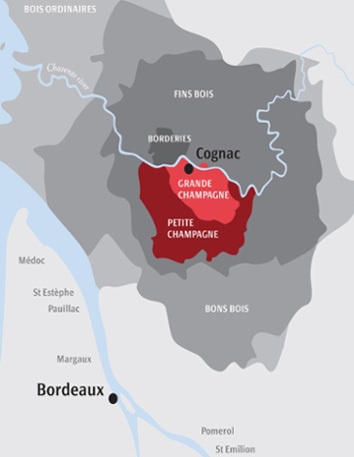
Baptiste further clarifies the importance of terroir: “With Louis XIII, we are not making [just] cognac—we are making a specific one. We are making a specific one because we are only selecting the grapes from a very specific area, a specific terroir, in the Grande Champagne region. It’s what we call in French, the first cru—the first terroir—of the Cognac region.”
“Since [Louis XIII’s] creation in 1874, we have decided only to source the grapes from this region. Because we know that it’s where we have the chalkiest soil, and a better ripening of the grapes, and also much more concentration of aromas in the grapes.”
Interestingly enough, the original name for this special cognac was not Louis XIII—this naming came afterward, to honor King Louis XIII, who was the reigning monarch at the time the Rémy Martin family first settled in Cognac. Instead, Baptiste informs me that the original name was Grande Champagne Very Old – Age Unknown, explaining: “It is to say, we know where it comes from and we know that it is old, but we can’t tell you how old it is. What we are sure is the fact that, coming from this terroir, it has to be aged longer to ensure this potential explosion on the nose and on the palate.”
Selection
The grapes used for Louis XIII come exclusively from the best vineyards and most respected growers in Grande Champagne. The wines produced from these grapes are then twice distilled in small Alembic copper pot stills—a method that arguably captures the most flavors and aromas—with the resulting eaux-de-vie then placed in French Limousin oak casks for aging.
Some of the eaux-de-vie take decades to develop those characteristic floral notes.
Baptiste spends his time between the months of November and March visiting vineyards, talking with the grape growers, and then selecting and blind tasting thousands of samples from more than 1000 different suppliers with his tasting committee.
Not all of the eaux-de-vie tasted will make it into the cognac, and Baptiste is quick to emphasize the importance of this:
“My mission is to follow the wine growers who grow the grapes, who make the eaux-de-vie—because we are not buying grapes, we are only buying eaux-de-vie—coming from the pot still. So, we have to be sure that we select the very best.”
Baptiste never tastes alone. Instead, he’s always accompanied by four to five members of the team. They blind taste to determine first if the particular eau-de-vie corresponds to the brand’s house style. If it doesn’t, they reject it. But if it does, then it’s evaluated for its potential to be aged longer and eventually blended into Louis XIII.
“When we find this richness and elegance, where everything is already balanced, we will decide to put them aside, knowing that we won’t touch them for decades,” said Baptiste.
Aging
Aging is the process where a distilled spirit—the eau-de-vie—spends time in wood casks, and interacts with the air and the wood to mature, evolve, and pick up a varying array of new flavors. It’s what gives spirits like whiskey, aged rums, and cognac their color and character.
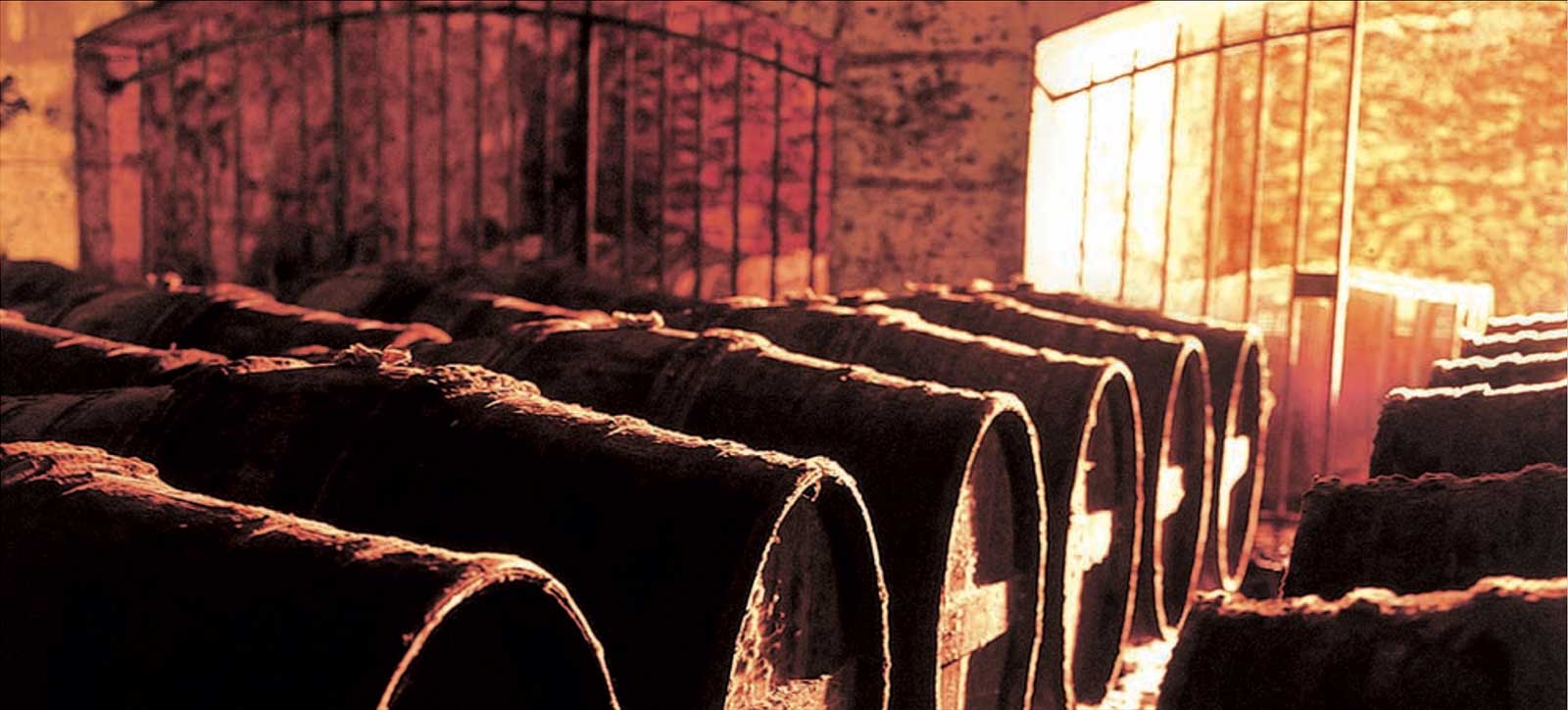
But it’s not a set-it-and-forget-it process, as too much time in casks can actually over-age the eaux-de-vie, causing them to be unusable, and potentially losing all of the years they spent maturing up to that point. So the Cellar Master must constantly monitor and test the aging spirit, in order to know when it has reached its peak and is ready for blending.
Baptiste reflects on his role in the aging process: “I took the position as a Cellar Master three years ago, after seven years of training. So it was really a long time for me to learn from the previous Cellar Master. We are dealing with eaux-de-vie that are really old, that have been selected by the previous generation of Cellar Master. So you have to take the time to taste them, to then taste them again under different conditions, to follow the evolution, and to be sure things are going the right way.”
For Louis XIII, the maturation period takes at least 40 years for all eaux-de-vie, and up to 100 years in some cases. With the angel’s share claiming one to two percent of the cask’s liquid contents each year, and given the minimum length of aging for the youngest eaux-de-vie, aging can be a costly process. But it’s necessary, as some of the eaux-de-vie take decades to develop those characteristic floral notes.
Blending
The art of blending cognac is the craft of choosing eaux-de-vie from numerous casks and numerous cellars, and combining them in such a way to create a new, composed blend.
I’m driven by what will be the impression on the nose, or on the palate, in comparison to what I have done the year before.
“My role is to follow the aging. So we select the cask—we have big cellars with small casks inside—and the aging has been occurring in French oak since the eaux-de-vie have been distilled. So we follow the evolution. After decades of aging, when it’s ready to blend, I have to be sure that the blend I make this year is the same in aroma and taste as compared to the ones that have been blended one, two, three, and twenty years ago.”
Blending is an incredibly challenging task to do consistently well with even a handful of spirits, but Louis XIII is a blend of up to 1,200 individual eaux-de-vie. Let that number sink in for a minute—one thousand and two hundred individual spirits—that must all come together in unison and perfect harmony for a final blend that’s consistent year after year, despite nuances from weather, grapes, harvests, aging or other circumstances.
But Baptiste is quick to downplay the quantity of eaux-de-vie as a sign of quality and complexity, emphasizing instead the consistency of the final product: “The number of eaux-de-vie is not something that drives the sampling, and the blending. Of course it’s important to have diversity of eaux-de-vie… I’m driven by what will be the impression on the nose, or on the palate, in comparison to what I have done the year before.”
“Because the people—the connoisseurs—will notice if they want to have the same experience… whatever the moment of the day, whatever the moment in their life, where they are appreciating Louis XIII.”
In a sense, the job of the Cellar Master is “simple.” Baptiste is tasked with preserving the style and heritage of his cognac house, and to recreate his house’s recipes consistently, year after year. But the execution is no easy feat, as the end product needs to taste the same regardless of the variances in aging or available eaux-de-vie. It requires an exceptional nose, extreme competency as a blender, expertise in winemaking, and numerous other attributes including an unwavering commitment to tradition. And all that must be accomplished without forsaking innovation.
An Elegant Vessel for an Elegant Cognac
It is only fitting that a spirit as exquisite as Louis XIII is housed in a container that’s as elegant as its contents. The iconic decanter—inspired by a 16th century metal flask that was found on a French battlefield—is handcrafted from the finest Baccarat crystal and hand-blown by some of France’s most skilled craftsmen.
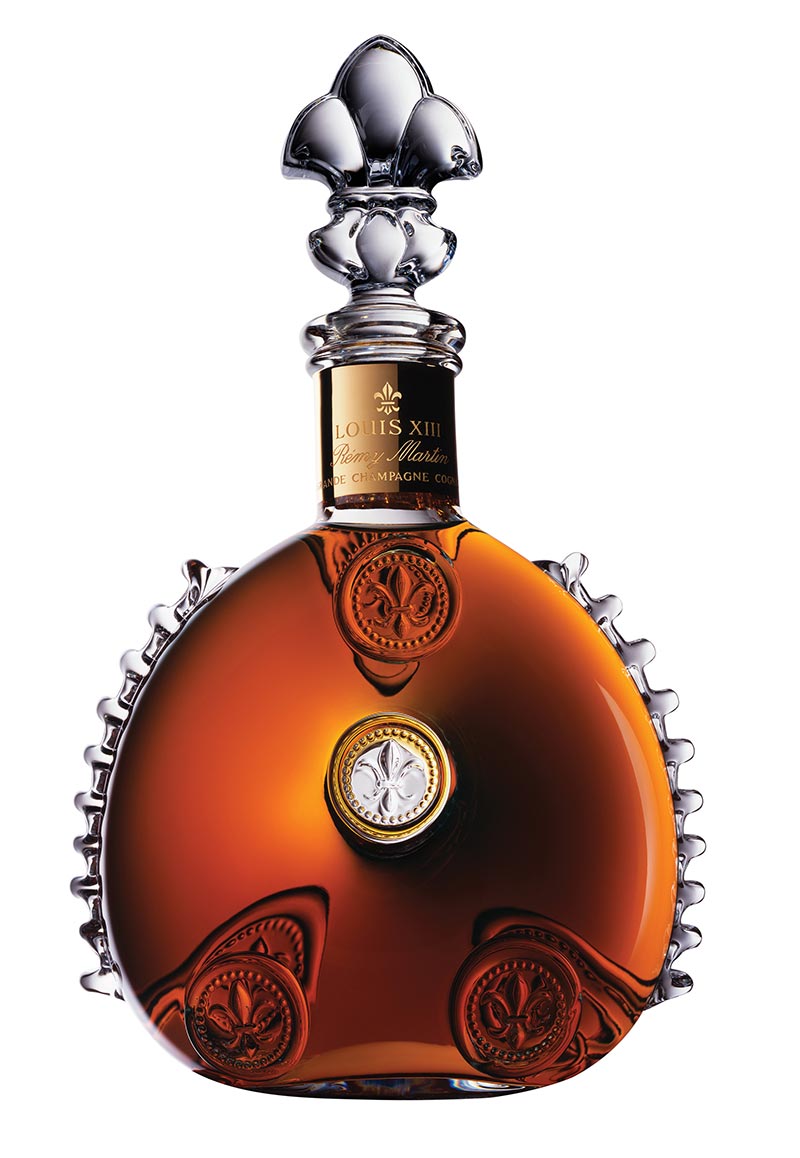
Every decanter is unique and individually numbered—no two are exactly identical. The neck of each decanter is adorned with 24-carat gold, and spiked teeth—known as “dentelles” in French—run along both sides.
Baptiste shares with fondness the story of how each decanter is made: “It takes more than 10 people—10 crystal makers—to make the whole decanter. Because the first one will take the crystal infusion, the second one will start to blow, the third one will give it shape, number four will make the teeth, another one will make the fleur-de-lis, and then there’s the stopper…” and so on.
Louis XIII Price: Is It the Most Expensive Cognac?
If you’ve read this far, you should now be acutely aware that there’s a whole lot of terroir, talent, expertise, effort, and time that goes into producing Louis XIII Cognac, not to mention the effort and craftsmanship to create the decanter itself. So you may be wondering—as we were—just how much does Louis XIII cost?
A quick web search shows a filled 750ml decanter of Louis XIII Classic Cognac here in the US goes for approximately $2,900 to $6,000 (internally, we recognize the value of a bottle to be approximately $4,000 based on a range of local and international prices). While this is certainly not the most expensive cognac, it’s no surprise that it comes at a price point out of reach for ourselves and most of our readers.
Louis XIII Cognac Price Per Shot?
While the bottle price is usually about as far as we go when we consider the price of a spirit, let’s see how the bottle price translates to the cost for each shot—or pour—of Louis XIII. Here, we’ll do the math:
- A standard 750ml bottle is approximately 25.36 ounces
- A typical pour is approximately 1.5 ounces
- There are approximately 17 (16.9) pours in a bottle (25.36 / 1.5)
So each 1.5 ounce pour costs just over $235 ($4000 / 17). Of course, if you could score a bottle at the low-end price of $2,900, then you’d effectively bring your per pour cost to just $171—a bargain indeed!
Now, if you’re buying a single serving in a bar, you’ll also be facing retail markup. But considering that bars can source their bottles at a discounted price, it might come out to a wash. In fact, a pursuing of local bars shows shots of Louis XIII Cognac available in various sizes (1, 1.5, and 2 ounces) and ranging in price from $100 to $250.
Louis XIII Cognac Tasting Notes
Visually, the color is a rich, dark amber. Diving in, I immediately picked up floral and fruity aromas on the nose. Then, something unusual occurred—something that I’ve not experienced before when tasting spirits. I was transported, in my mind, to an open meadow, and I got the sense that it was a sunny day with a light breeze. But more consciously, I could smell a spring essence in the air, with hints of jasmine and other flowers.
A second whiff picked up notes of vanilla and dried fruit, dried roses, with a faint hint of spices. There was a certain “body” in that second nosing that felt full, anchored, and balanced.
My first taste brought forth a rush of flavor—some spiciness conveyed a little pop and tingle to the lips—plus notes of raisins and floral fruitiness. The taste has some length to it, and as it evolves, I could taste the flavors changing on my palate. I began to pick up nuttiness as the spice mellowed, and then it opened to reveal some mild sweetness—perhaps honey, that’s underlying the dried fruit flavors. Baptiste describes it as “the density and the opulence of the aromas that make it so sweet, because it’s covering the level of alcohol.”
My second taste picked up a hint of oak and stronger fruit notes including pineapples and other tropical fruits. The flavors are balanced but complex, and they evolved on my palate as the liquid rolled to the sides of my tongue. Baptiste offered notes of chocolate, coffee beans, and tobacco leaves on his second taste. I’ll have to take his word for it, as my palate is not as developed as his, and I was unable to pick these notes up.
The finish for me was simply lovely. After swallowing the cognac, I experienced a concentrated burst of flavors that lingered and expanded—on my tongue, on my lips, and along the sides of my mouth—that Baptiste casually describes as “appreciating the fireworks.”
The Legacy Continues
Since its origin in 1874, Louis XIII Cognac has consistently been regarded as one of the finest spirits in the world, and a symbol of luxury. It continues to preserve a tradition of excellence and heritage for The House of Rémy Martin—with a legacy spanning nearly three centuries—carefully passed on from generation to generation, from Cellar Master to Cellar Master.
We are all passionate at what we are doing, and not just because we will achieve something that we will enjoy—we do something that people will enjoy.
As the current Cellar Master and steward for Rémy Martin, Baptiste takes his role seriously, as well as the roles of everyone else involved. He attributes Louis XIII’s singular quality to a sense of purpose, a higher calling:
“It’s not only working to be proud of what you do, it’s to ensure the story of the brand will go on. It’s not my name that is written on the box. I’m here to speak about it because I’m the Cellar Master, but behind the box, and in the decanter, is the story of hundreds and hundreds of wine growers, master distillers, four generations of cellar masters, coopers, tree cutters…”
“We are all passionate at what we are doing, and not just because we will achieve something that we will enjoy—we do something that people will enjoy. When we share a tasting, you will tell me what you feel and how it gives you emotion—it gives you the sensation that something is grand. That, I think, in my opinion, is the biggest privilege of cognac tasting.”
All images courtesy of Louis XIII unless otherwise specified.
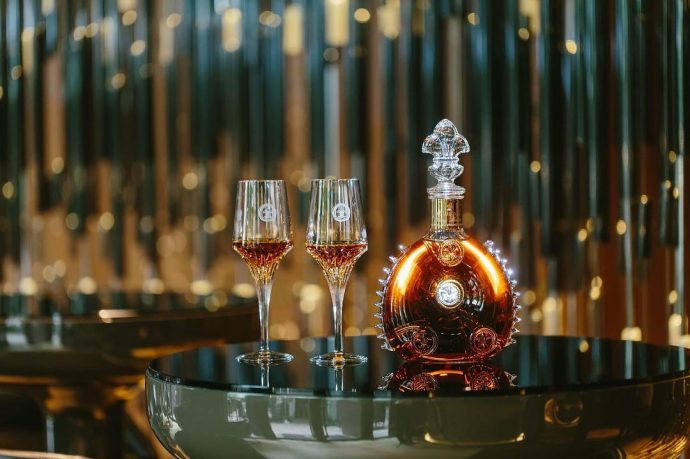
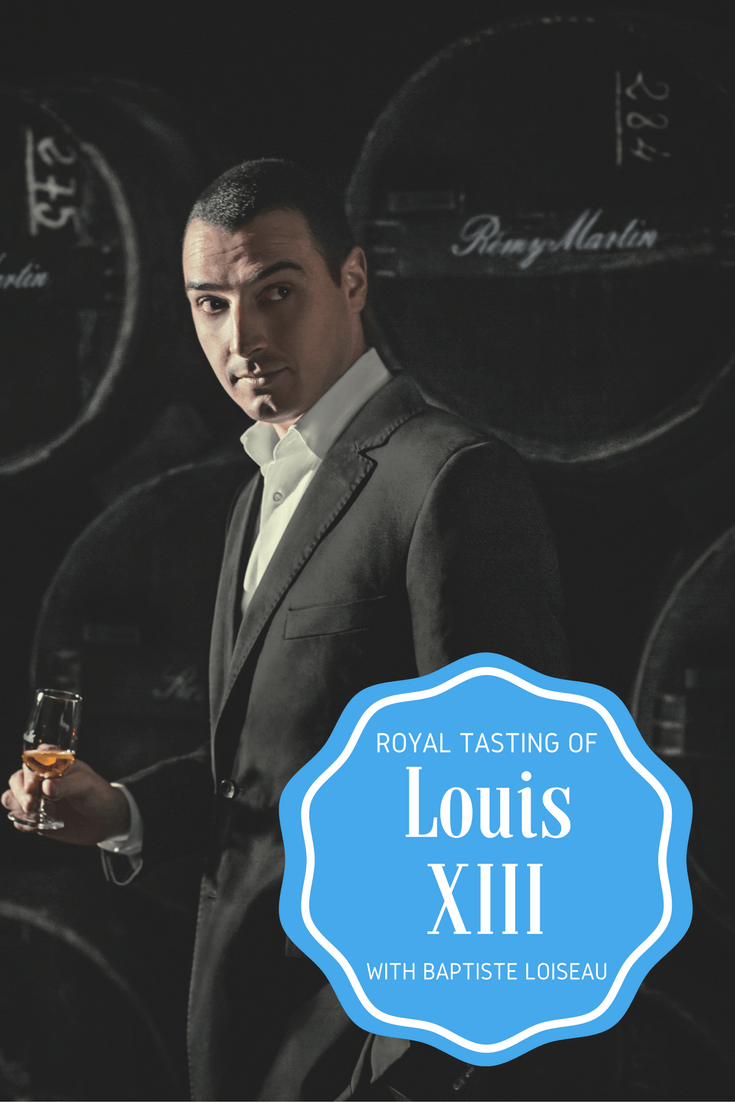
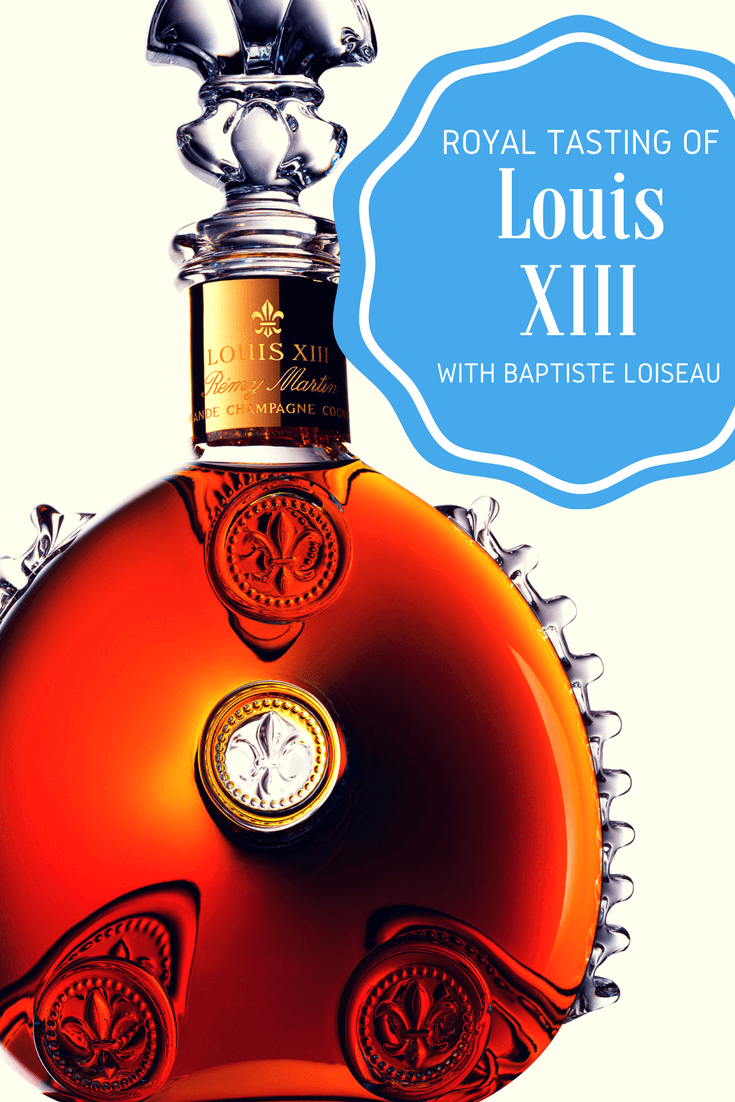



Louis XIII Cognac is an amazing drink, and the royal people drink it constantly. If you want to know more about drinks that are like this, then you should message me now. I’ll share the details with you.